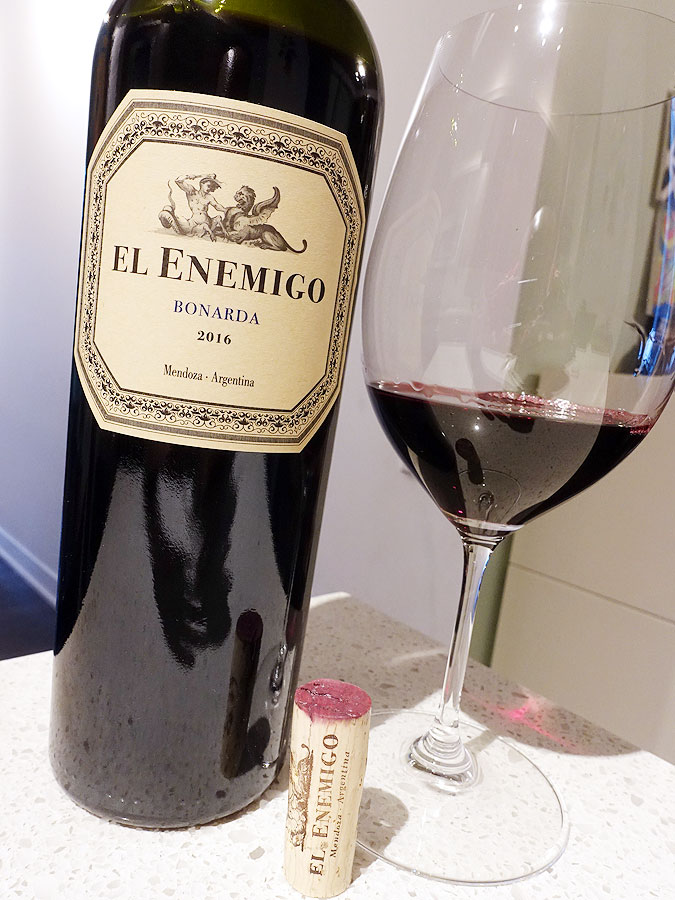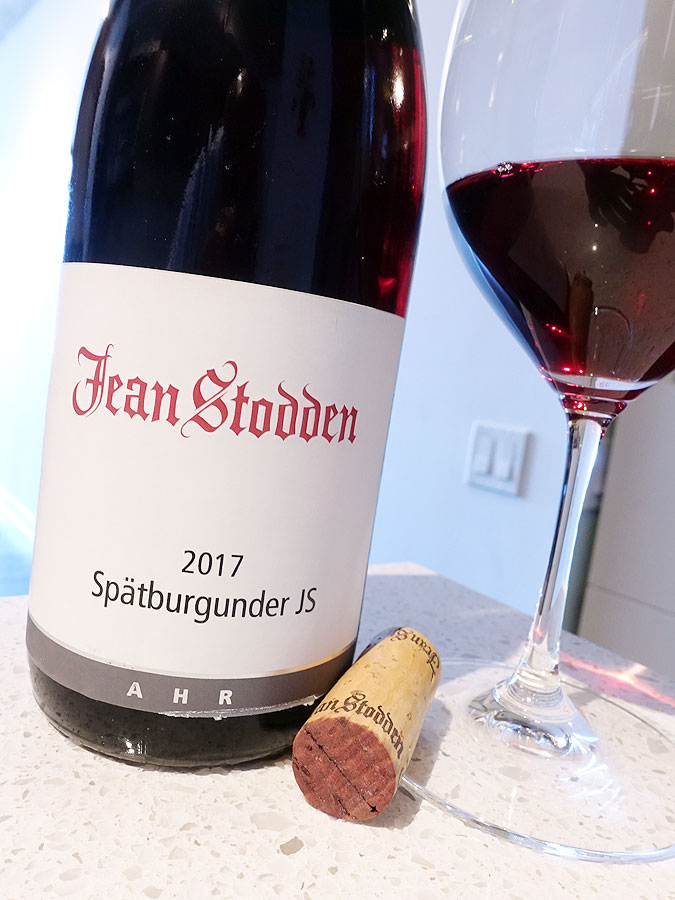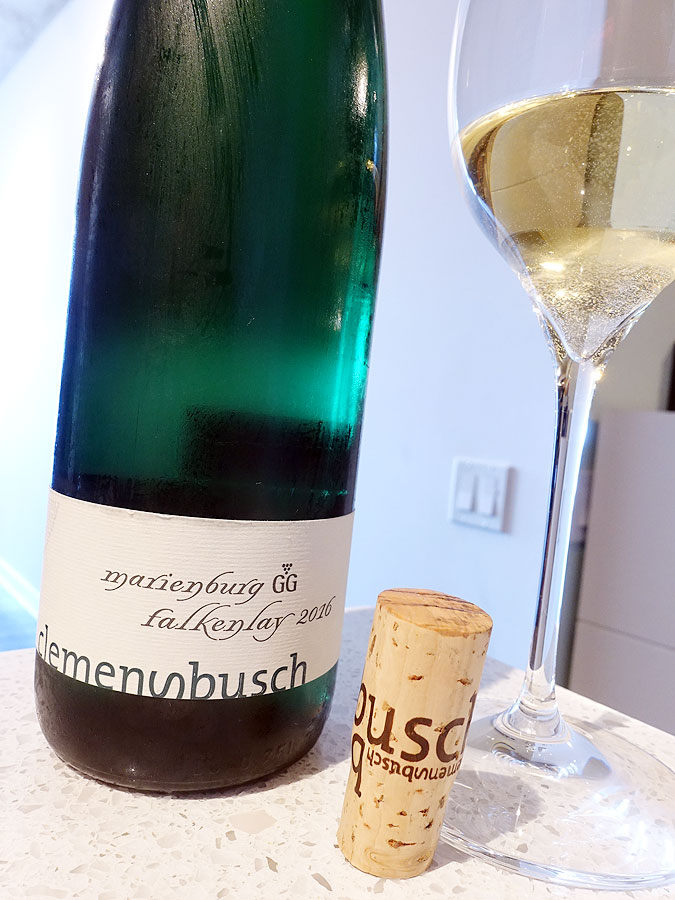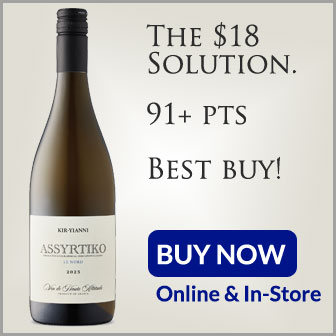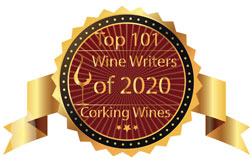I enjoyed the 2016 Château Maucoil Côtes du Rhône-Villages when it came through VINTAGES in March 2019, and wine review is another fine wine from the same producer. This excellent organic Châteauneuf-du-Pape makes it's first appearance at the LCBO as part of the LCBO VINTAGES Release.
Château Maucoil is an historic property located in an area in Châteauneuf-du-Pape that has been occupied since the time of the Romans. The Château Maucoil estate and castle was built in 1624, and winegrowing gained prominence some time thereafter when Joseph de La Pise, Lord of Maucoil and archivist of the House of Orange-Nassau (the Dutch royal family) inherited the property. Château Maucoil has changed hands many times over the years, with each family helping establish the estate's reputation for producing quality wines.
The Arnaud family, with its deep roots and winegrowing experience in Châteauneuf-du-Pape spanning several generations, acquired Château Maucoil in 1995. In 2009, Bénédicte, the youngest daughter of the Arnaud family, along with her husband Charles Bonnet took over the property. In 2013, they merged with the Lavau family and today they run the estate together.
This Châteauneuf-du-Pape was crafted from the Domaine's oldest vines which average 70 years old. Thirteen varieties are planted at the Domaine and six are included in this Châteauneuf-du-Pape - approximately 50% Grenache, smaller amounts of Syrah, Mourvèdre, and Cinsault, as well as 5% of white varietals Clairette and Bourboulenc. The grapes are hand-harvested and individually sorted before going to vat. The grapes are fermented together before going into either 228 L or 600 L barrels that are either new or used for one vintage, and then aged for 12 to 18 months. The wine is then aged for several years in bottle prior to release. Let's see how this Châteauneuf-du-Pape, which hails from the classic 2016 Southern Rhône vintage, is tasting tonight...
A blend of approx. 50% Grenache, plus Syrah, Mourvèdre, and Cinsault, as well as 5% of white varietals Clairette and Bourboulenc grown on sandy, pebbly soils, with vines averaging 70 years old. The rich, highly aromatic nose is very complex with lovely notes of raspberry, blackberry, stony & smoky mineral, peppery spices, and violets. It's full-bodied and concentrated on the palate with lovely aroma replays plus some garrigue notes adding further complexity. It has juicy acidity and a touch of warmth on the mid-palate, but nicely balanced overall. Firm tannins are grainy and textured. Savoury, stony mineral notes linger on the finish, with excellent length. Approachable now, but will be better in 5 years and enjoy into the mid-2030s. Gorgeous! Score: 94 pts
Other fine wines from Château Maucoil can be ordered via their Agent - Connexion Oenophilia.
Château Maucoil is an historic property located in an area in Châteauneuf-du-Pape that has been occupied since the time of the Romans. The Château Maucoil estate and castle was built in 1624, and winegrowing gained prominence some time thereafter when Joseph de La Pise, Lord of Maucoil and archivist of the House of Orange-Nassau (the Dutch royal family) inherited the property. Château Maucoil has changed hands many times over the years, with each family helping establish the estate's reputation for producing quality wines.
The Arnaud family, with its deep roots and winegrowing experience in Châteauneuf-du-Pape spanning several generations, acquired Château Maucoil in 1995. In 2009, Bénédicte, the youngest daughter of the Arnaud family, along with her husband Charles Bonnet took over the property. In 2013, they merged with the Lavau family and today they run the estate together.
This Châteauneuf-du-Pape was crafted from the Domaine's oldest vines which average 70 years old. Thirteen varieties are planted at the Domaine and six are included in this Châteauneuf-du-Pape - approximately 50% Grenache, smaller amounts of Syrah, Mourvèdre, and Cinsault, as well as 5% of white varietals Clairette and Bourboulenc. The grapes are hand-harvested and individually sorted before going to vat. The grapes are fermented together before going into either 228 L or 600 L barrels that are either new or used for one vintage, and then aged for 12 to 18 months. The wine is then aged for several years in bottle prior to release. Let's see how this Châteauneuf-du-Pape, which hails from the classic 2016 Southern Rhône vintage, is tasting tonight...
Tasting Note:
CHÂTEAU MAUCOIL PRIVILÈGE CHÂTEAUNEUF-DU-PAPE 2016 - AC, Rhône, France (#16210) (XD) - $85.95A blend of approx. 50% Grenache, plus Syrah, Mourvèdre, and Cinsault, as well as 5% of white varietals Clairette and Bourboulenc grown on sandy, pebbly soils, with vines averaging 70 years old. The rich, highly aromatic nose is very complex with lovely notes of raspberry, blackberry, stony & smoky mineral, peppery spices, and violets. It's full-bodied and concentrated on the palate with lovely aroma replays plus some garrigue notes adding further complexity. It has juicy acidity and a touch of warmth on the mid-palate, but nicely balanced overall. Firm tannins are grainy and textured. Savoury, stony mineral notes linger on the finish, with excellent length. Approachable now, but will be better in 5 years and enjoy into the mid-2030s. Gorgeous! Score: 94 pts
Other fine wines from Château Maucoil can be ordered via their Agent - Connexion Oenophilia.





